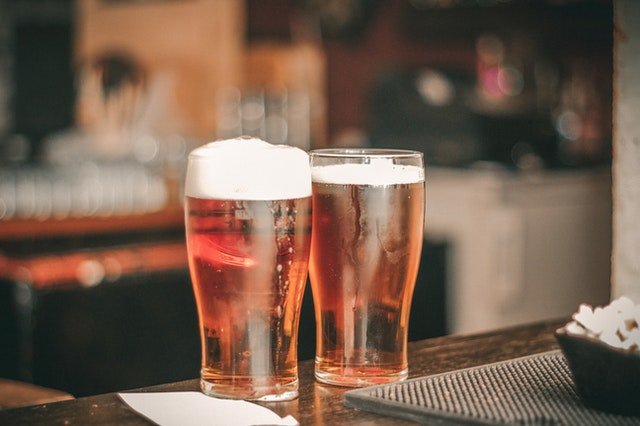
A recent study from the University of Southern California and elsewhere found that daily drinking and smoking may be linked to increases in brain aging compared to those who drink and smoke less.
The study is published in Scientific Reports. One author of the study is Arthur W. Toga.
Previous research has shown that certain lifestyle habits, such as heavy smoking and alcohol consumption, are associated with adverse effects in specific brain regions.
However, it is unclear how smoking and alcohol consumption may be associated with brain age, especially when the whole brain is considered.
In the study, the team used machine learning methods and MRI to identify relative brain age in 17,308 individuals aged 45 to 81 years whose data was included in the UK Biobank.
Relative brain age is an individual’s brain age based on MRI measurements, compared to the average brain age of their peers.
The team found that in 11,651 individuals for whom information on smoking habits was collected, those who smoked on most or all days had a higher relative brain age than those who smoked less frequently or not at all.
Each additional pack-year of smoking was linked to 0.03 years of increased relative brain age. A pack-year was defined as smoking a pack of cigarettes per day on average for a whole year.
In 11,600 individuals for whom information on drinking behavior was collected, those who drank alcohol on most days had a higher relative brain age than those who drank less frequently or not at all.
Each additional gram of alcohol consumption per day was associated with 0.02 years of increased relative brain age.
The findings suggest that detrimental effects of smoking and drinking on brain age may occur mainly in those who smoke and drink at high frequencies and with modest increases in brain age.
The researchers caution that besides smoking and alcohol consumption, various other environmental and genetic factors may be associated with brain age.
Studies in larger samples are needed to further clarify these associations.
Copyright © 2020 Knowridge Science Report. All rights reserved.



